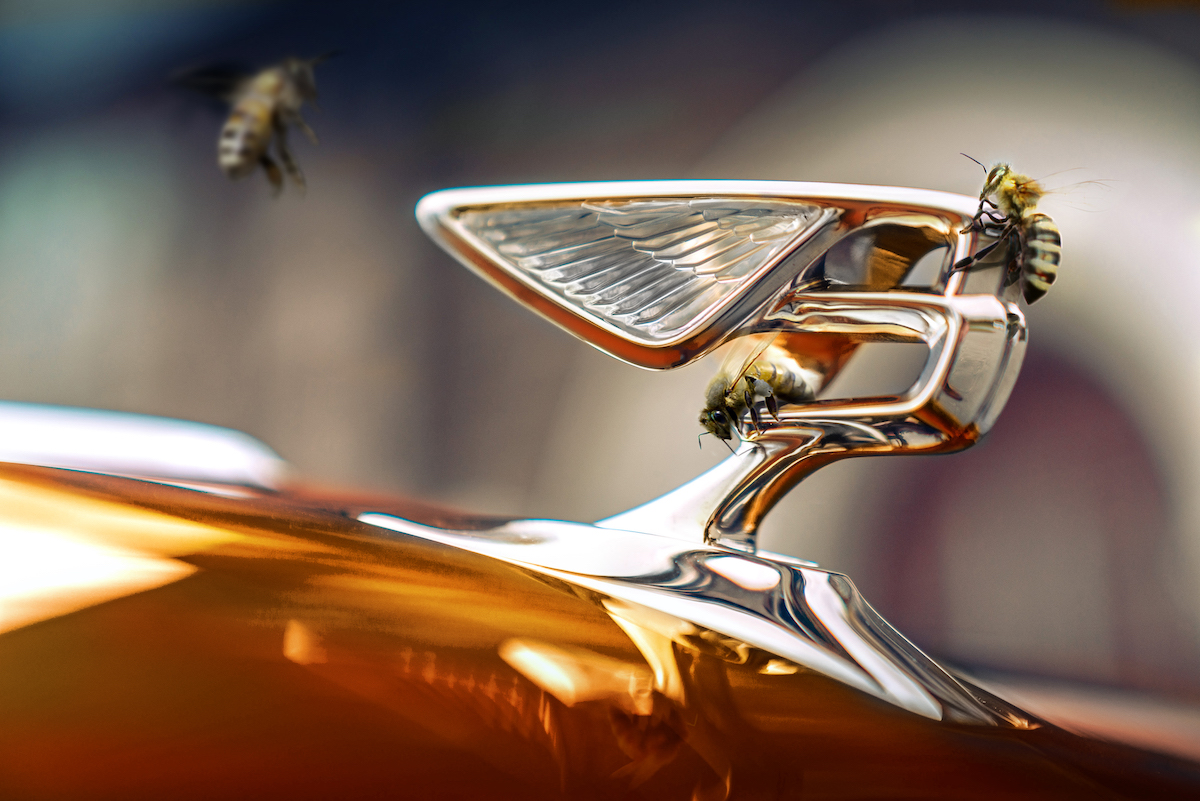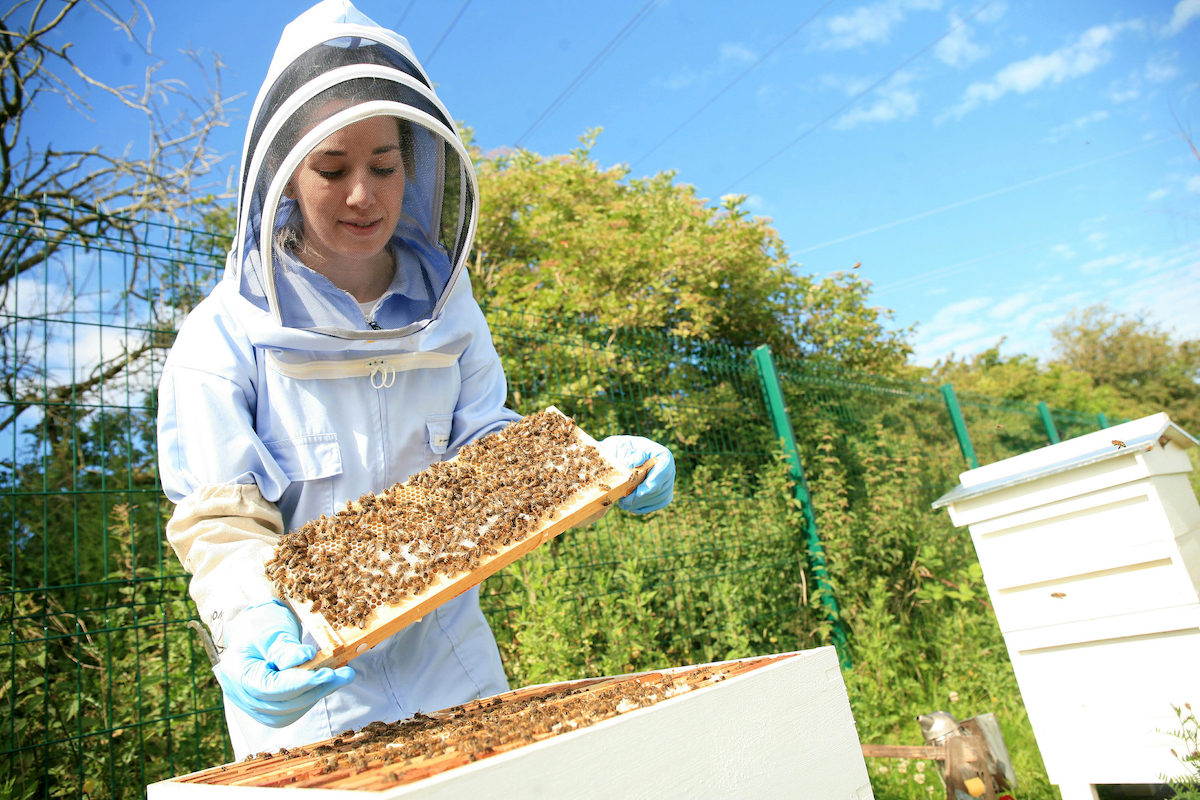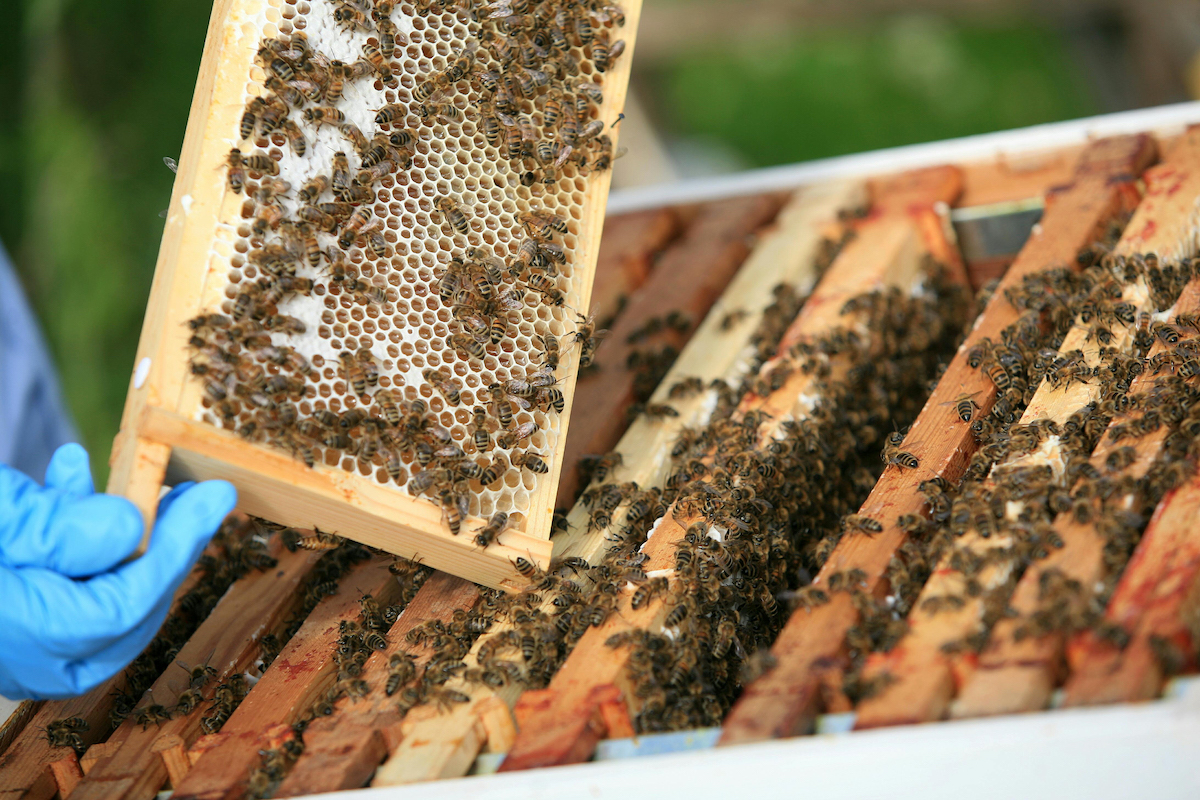We get it that automakers need to diversify to survive in an increasingly challenging market, but Bentley’s recently revealed strategy is something of a curveball.
The maker of luxury cars is moving into the honey business. You read that right — honey.
News of Bentley Motors decision to introduce 120,000 bees to its main campus in Crewe, England, is creating a buzz (sorry, couldn’t resist) in the local community and beyond.
The hives have been successfully installed on grassland at the edge of the Bentley site and are now home to 120,000 honey-producing bees.
Someone in marketing must have thought long and hard about this one, as the initiative has a tenuous link to the company’s famous “flying b” emblem found on the hood of its cars.
But there’s a serious side to the effort, too, as bee species native to the U.K. are known to be in decline, a situation that could have a serious impact on the country’s agricultural industry with regards to crop pollination.
Bentley has planted bee-friendly wildflowers around the perimeter of its site, and says the insects are “settling in well and showing promising signs for the first honey harvest at the end of the summer.” It’s hoped that each beehive will create around 33 pounds (15 kg) of honey during the harvest, which should fill about 50 average-sized jars.
“Although our Pyms Lane site is over 80 years old, we’re constantly looking for ways to improve our environmental footprint and achieve our goal of carbon-neutral operations,” Bentley’s Peter Bosch explained in a release.
“Bee populations are in decline in the U.K., so installing two hives to help boost biodiversity is a great way to make use of the grassland at the edge of the site.”
Bosch added: “Our ‘flying bees’ are honey bees that have been bred by local beekeepers with over 50 years’ experience. With their help, we’re checking on them every week and it’s great to see that they’re already starting to produce the first Bentley honey”.
It’s a fun idea with a useful purpose, but whatever next? Sheep shearing at Rolls-Royce? Cow milking at Mercedes? Watch this space.






